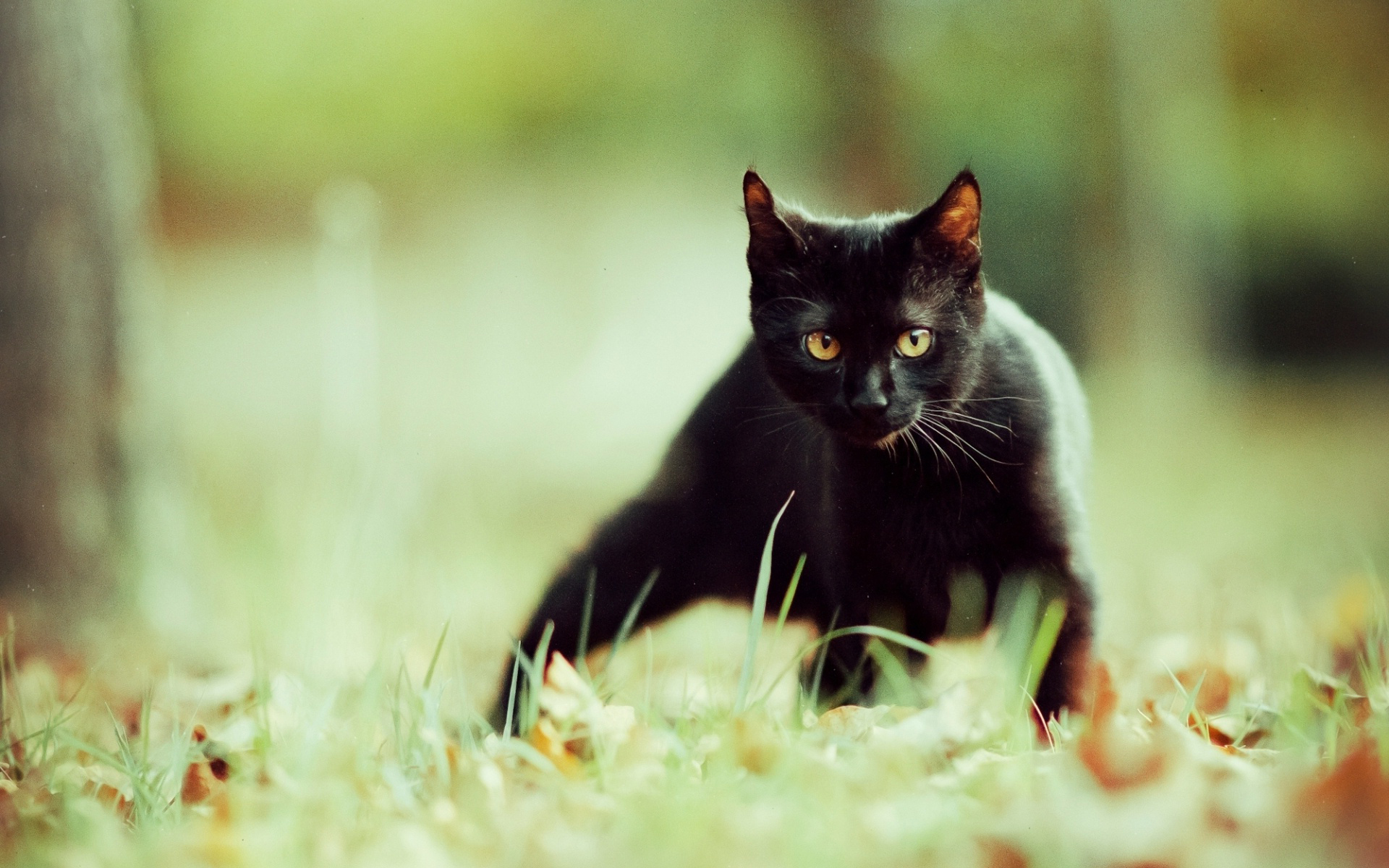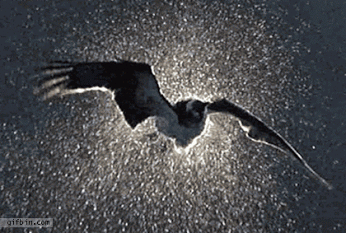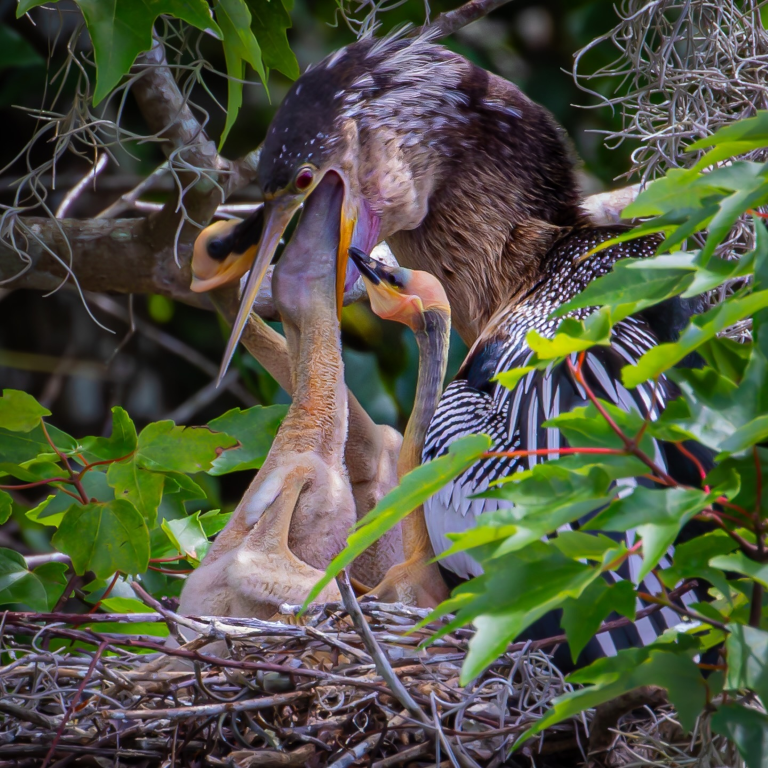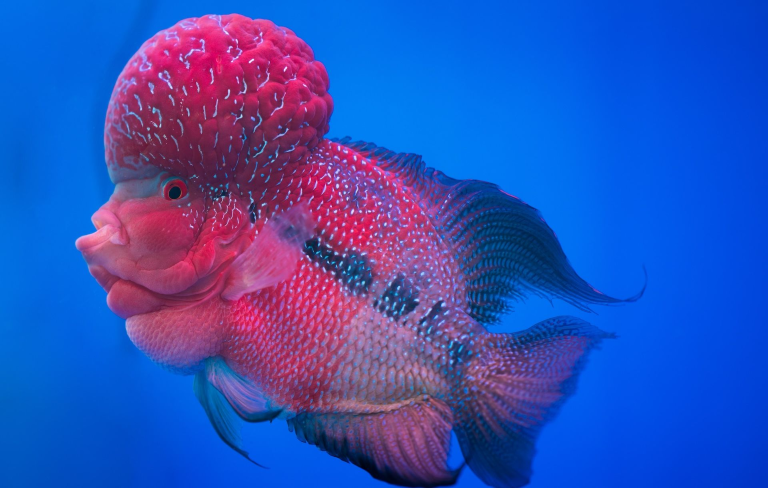Posts tagged #Nature
The cassowary recognized for its striking appearance, it has a distinctive blue and black plumage, a helmet-like casque on its head, and long, sharp claws, which can be dangerous. Cassowaries are known to be elusive and solitary, primarily feeding on fruits, but they also consume fungi, insects, and small animals. Its claw can easily cut open predators such as crocodiles, pythons, and dingos. And, unfortunately, humans can fall victim to the cassowary. Be wary!



Anhingas are large, dark waterbirds with a long, thin neck, a long, thin, pointed bill, a long tail and silver patches on their wings and are found in southeastern swamps.
At first the parents feed the chicks by dripping partially digested fish down their throats. As the chicks grow older, they shove their heads into their parents’ beaks to reach their food.
Antechinus: The tiny marsupials where males have sex until they die — then females eat their corpses
Name: Antechinus (Antechinus)
Where it lives: Australia
What it eats: Insects, spiders, centipedes and sometimes frogs and small reptiles
Why it's awesome: Antechinuses are little marsupials about the size of gerbils with a bizarre reproductive system: the males have sex until they die from organ failure.
There are 15 species of Antechinus all with the same deadly mating system. Their breeding season is a frenzied period lasting just two to three weeks. During this time, males give up sleep to have as much sex as possible, going for up to 14 hours at a time in the hope of passing on their genes. Once the breeding season ends, all the males drop dead. Read More »
More than 500 species of cichlids have evolved in Africa's Lake Victoria over the past 15,000 years. A vibrant blue and purple fish with a flower or brain-like protrusion on its forehead

(Image credit: JethuynhCan via Getty Images)
